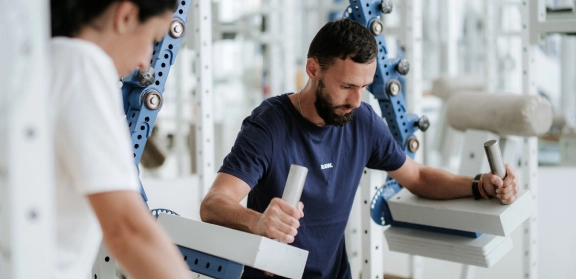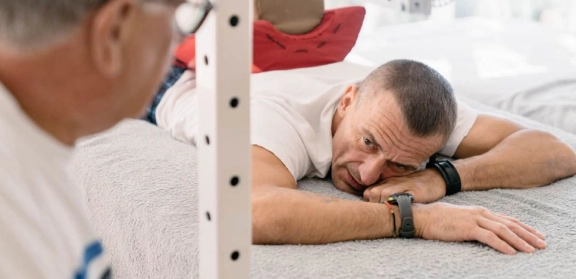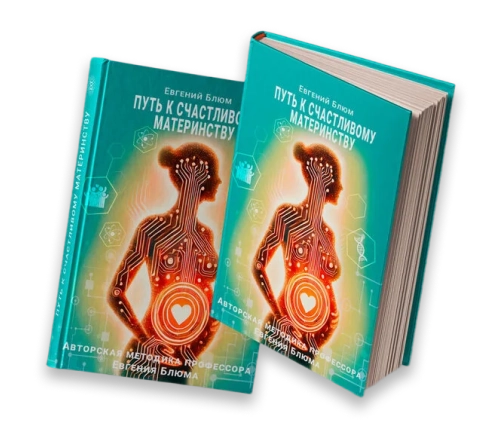Post-Stroke Sequelae Recovery Program
Our medical strategy
Selective precise impact in accordance with the laws of biomechanics, neurology, and rheology optimises each of the life-supporting systems, improving blood flow, enhancing metabolic processes, boosting cell renewal, and removing non-viable tissues from the body. Eliminating energy deficiency is a necessary condition for the systematic improvement of motor skills, such as walking, balance, coordination, and manoeuvrability.
What consequences of stroke does treatment eliminate?
The main stroke effects people come to us for:
- walking problems, motor skill issues, complex movement difficulties, body weakness
- muscle pain in various areas, spasticity, cramps
- limited everyday life skills, difficulties with self-care
- cognitive impairments, anxiety, depression, apathy, dementia
A comprehensive individual rehabilitation program is developed taking into account the patient's medical history, risk factors that led to the stroke, the patient's age, type of stroke, duration, and severity of its consequences.
General description of the problem
Severe consequences of a stroke remain in patients with extensive brain damage. The volume of brain tissue damaged by haemorrhage, how much of it has been restored through early rehabilitation, and the extent to which the body's neuroplastic capabilities have been activated in the late recovery period — all these factors determine the quality of life for a stroke survivor.
The rehabilitation potential decreases over time, but the opportunity to improve quality of life is always present. Common issues include muscle pain, weakness, spastic muscle contractions, speech and swallowing disorders, headaches, and sleep disturbances. The pathological processes initiated by the stroke tend to progress, and the patient's health gradually worsens. Therefore, stroke rehabilitation should be conducted regularly.
-
Restoration of muscle-joint balance to normalise muscle contractile function, improve coordination of movements and balance, eliminate spasticity and muscle pain, and expand self-care skills.
-
Improvement of blood flow, lymphatic flow, cerebral fluid circulation, normalisation of metabolic processes in the brain, and normalisation of intracranial pressure.
-
Enhancement of the informational and integrative function of the central nervous system, elimination of cognitive deficits, improvement of sleep, and prevention of dementia.
-
Optimisation of the functions of the cardiovascular, respiratory, and digestive systems to increase the body's energy resources, maximising energy generation and distribution processes.
-
Improvement of body symmetry and geometry, restoration of proper movement patterns, and elimination of unnecessary energy losses.
Objectives of the program
-
Improvement of motor abilitiesImprovement of motor abilities, reduction of spasticity, weakness, and imbalance while walking.
-
Improvement of cerebral circulationImprovement of cerebral circulation, normalisation of intracranial and arterial pressure.
-
Enhancement of self-care skillsEnhancement of self-care skills, fine motor skills, and complex movements.
Proprietary methodology
Professor Blum’s Centre has specialised for many years in the effective rehabilitation of patients with stroke effects. The patented system of methods, techniques, and specialised equipment provides stable results, improving the patient’s condition while simultaneously preventing recurrent strokes.
The patented rehabilitation equipment offers unique adaptability and precision in impact, with a predefined range of intensity. The required angles, accelerations, and dozens of other controlled parameters lead to a planned response even from the weakest muscle and fascial structures, activating neuroplastic and neuroprotective mechanisms, creating conditions for enhanced tissue regeneration processes. This ensures the possibility of improving functions even after the active recovery phase is complete.
Constant monitoring of the range of motion and specific neuromuscular response guarantees safety, ensures consistency and predictability of results, and prevents any overloads.
Patient stories
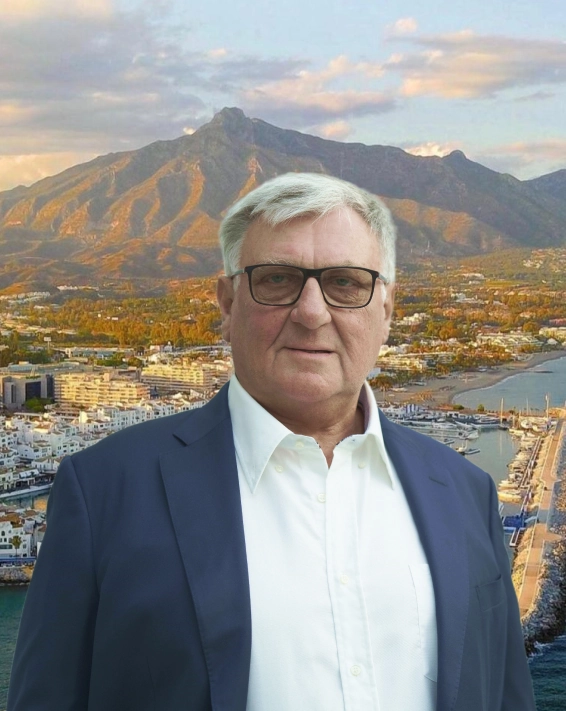
Professor Blum’s Exclusive Rehabilitation System

The center is located in a picturesque corner of the renowned resort town of Marbella, surrounded by cedar trees at the foot of La Concha mountain. Here, science and technology blend with nature, creating a space where the body returns to balance and harmony.
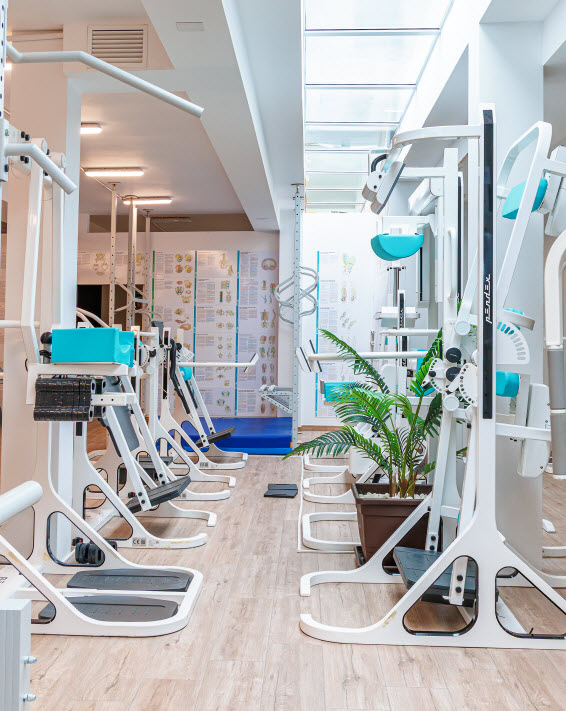
Technologies that deliver results
Select a program
- Personalized Health Recovery Programs
- Disease Prevention
- Customized Check-Up
Q&A
Yes, that's true. It is precisely because our Centre uses innovative methods and patented rehabilitation devices and modules that we achieve results that other rehabilitation clinics cannot. This is why patients from all over the world come to our Centre.
We accept patients in stable condition, when they no longer require inpatient treatment. We can pick up the patient from the clinic upon discharge and bring them directly to our Centre (including air transport). There is a hotel on site, equipped with all the necessary accommodations for people with disabilities and their caregivers.
Each patient gets a set of exercises to perform at home upon completing rehabilitation at our Centre.
Yes, we accept patients of all ages.
The main goal of rehabilitation is to provide the best possible quality of life. What does this mean? It means being able to make tea, go outside, walk the dog – in other words, do what you want and be free. Otherwise, the person depends on caregivers who do everything as they can and when they can, complicating life for both parties. Therefore, rehabilitation is crucial at any stage after a stroke.
We can answer this question after receiving the full medical history, all examination results, specialist conclusions, and a short video demonstrating the patient's current condition.
In neurology, there is the concept of a rehabilitation window – the period when maximum function recovery can be achieved. For stroke, this period is about a year, with the most critical 3-4 months being the first ones. During this time, patients and their families are often confused and unsure which method or clinic to choose, and time is of the essence. Therefore, you should start looking for a rehabilitation clinic while the patient is still in the hospital, so you have a clear action plan by the time of discharge. During this time, you can send us the medical history, all examination results, and specialist conclusions. We will analyse all the materials and prepare a preliminary rehabilitation program. This way, at the time of discharge, you will know where to go, what results to expect, and not lose precious time.
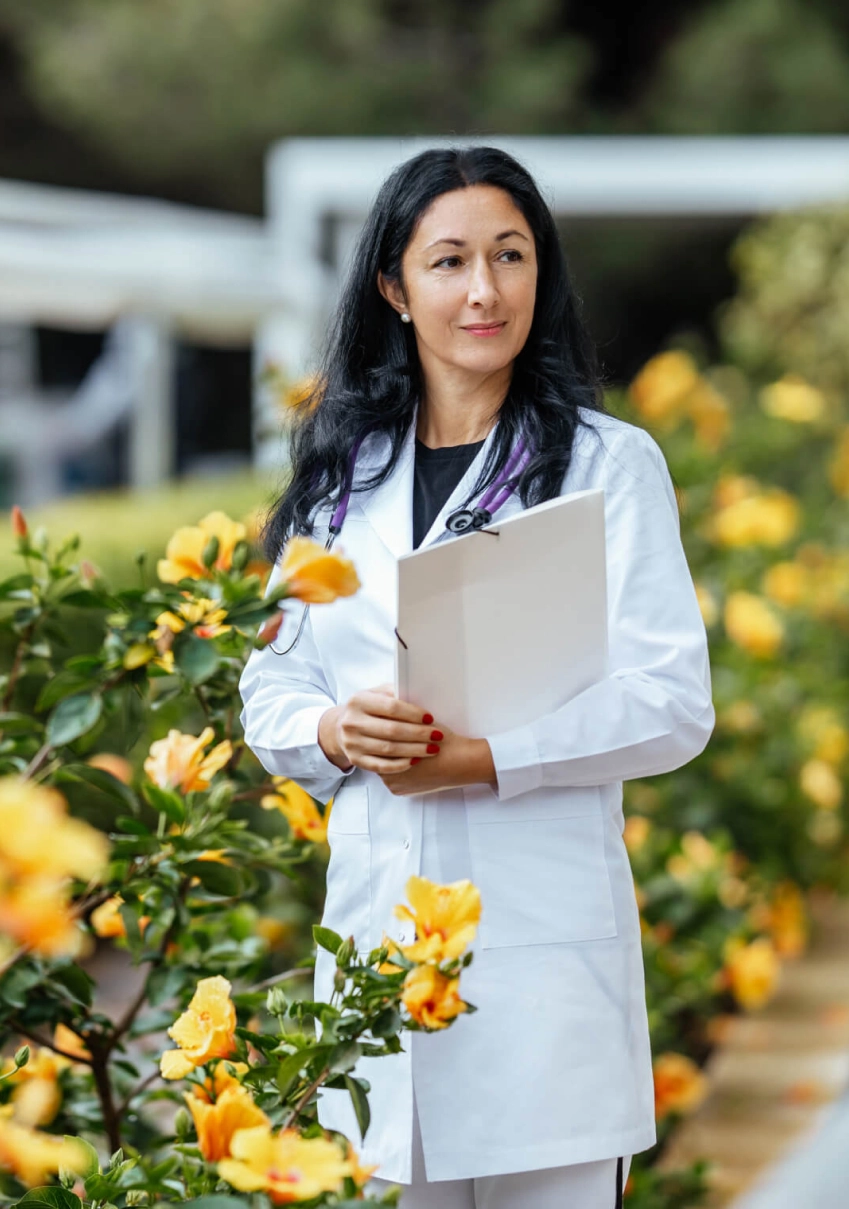
The cost of a course of treatment with a stay in a hotel
- Appointments and consultations
- Creating an individual program
- Conducting personal sessions
- Appointments and consultations
- Creating an individual program
- Conducting personal sessions
Other areas of work of our Center
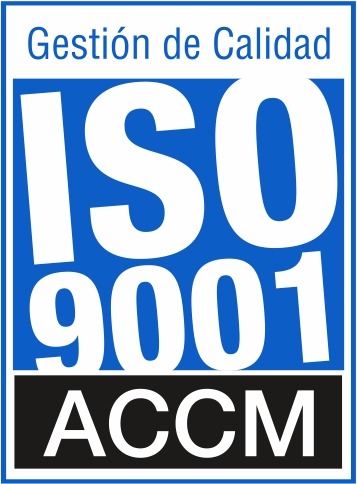






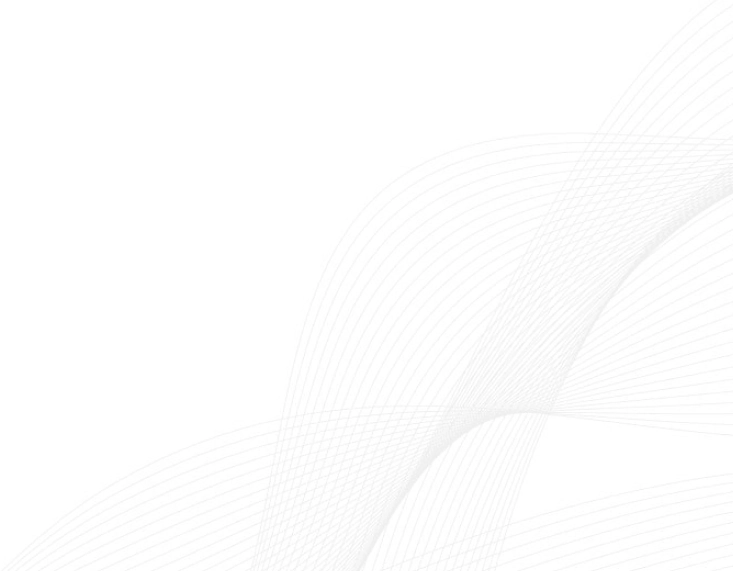
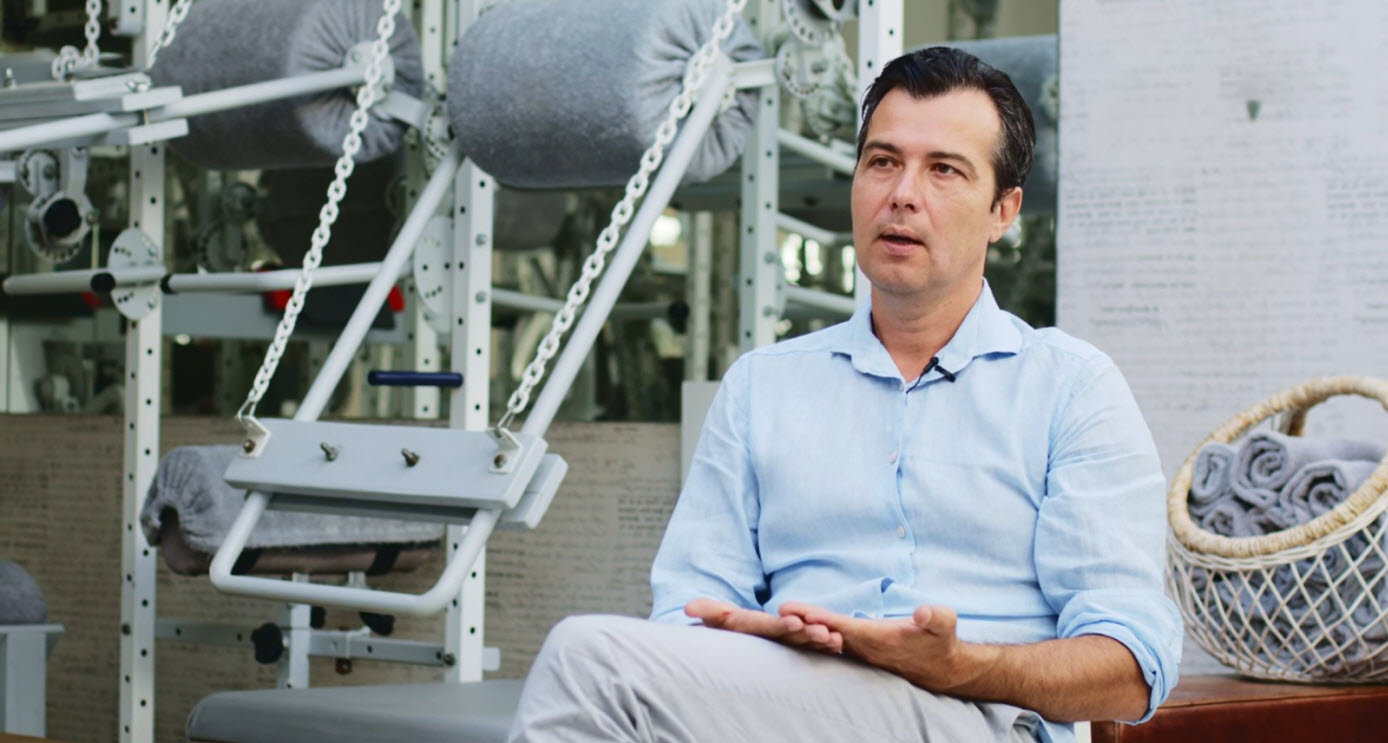

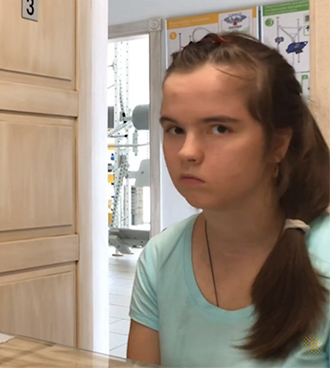

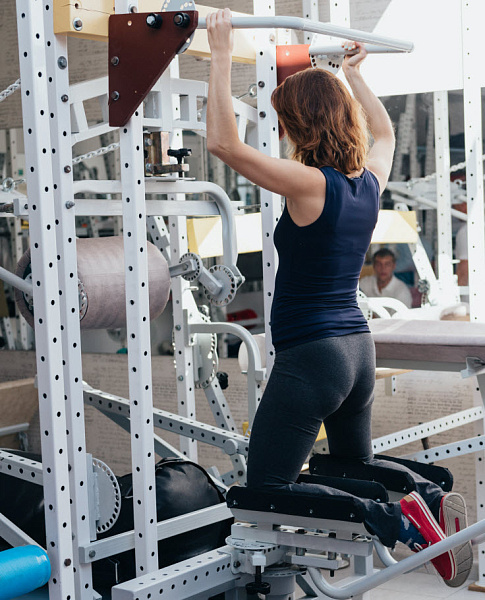
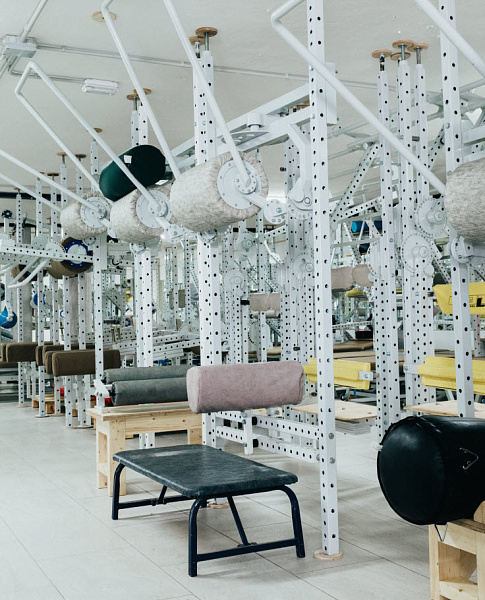

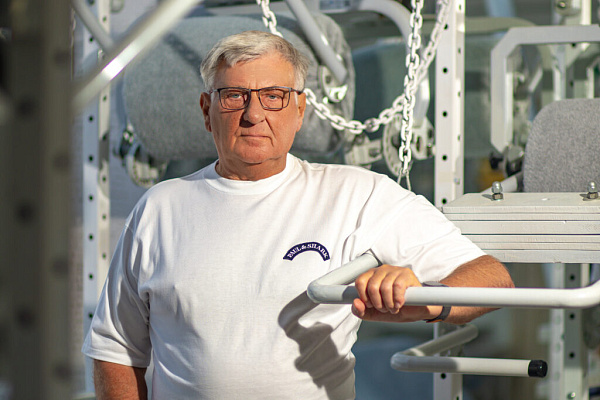
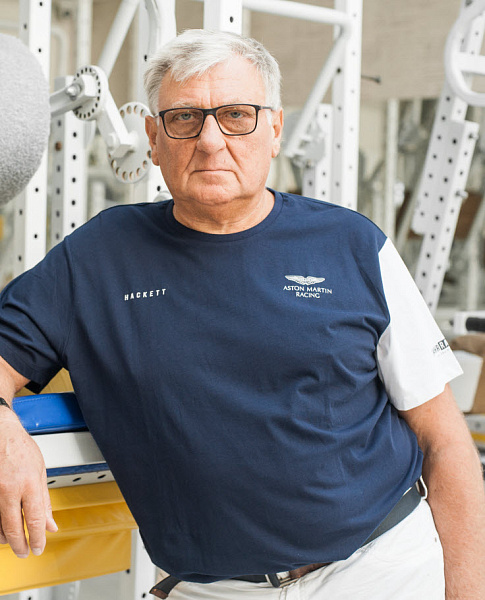
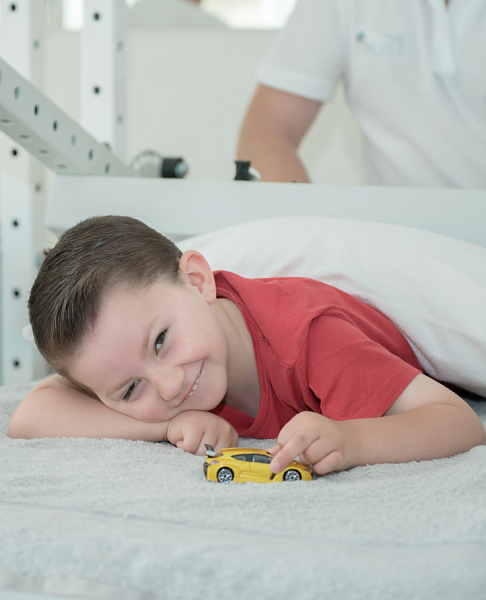
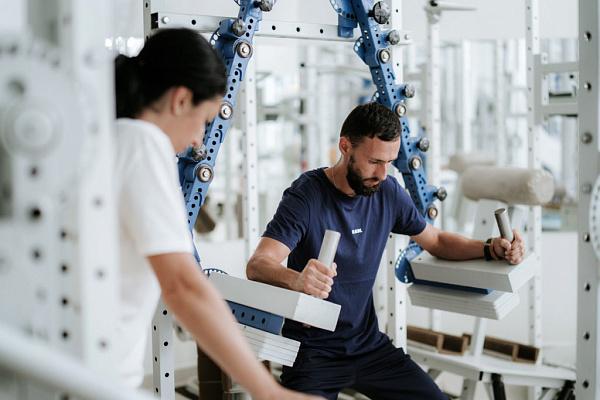
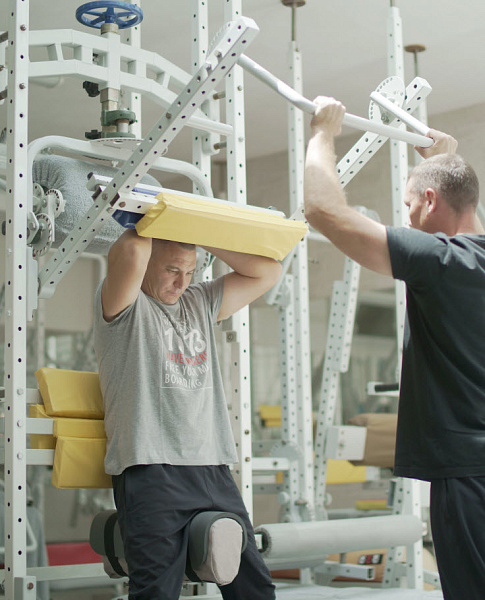
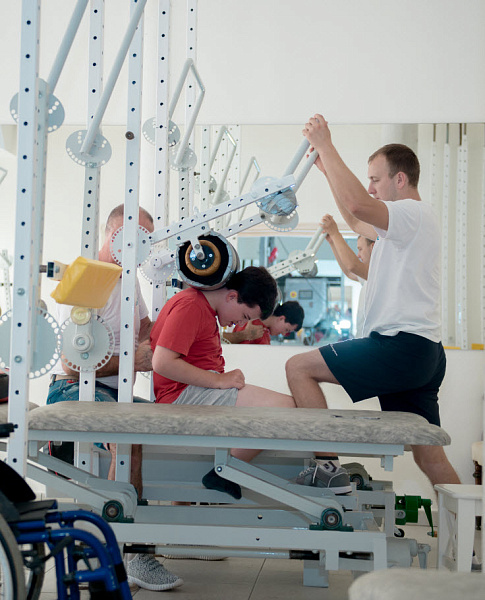
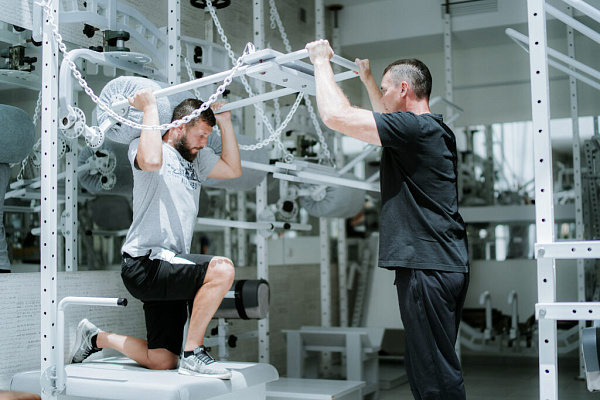
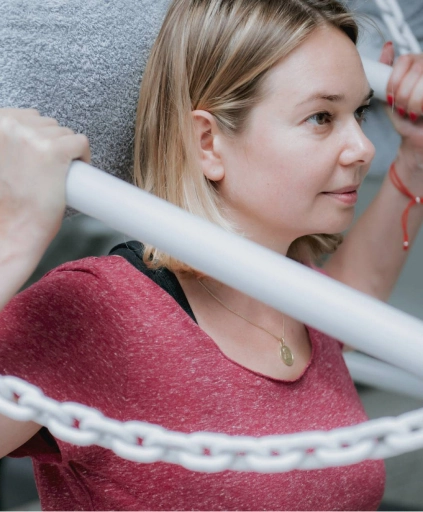
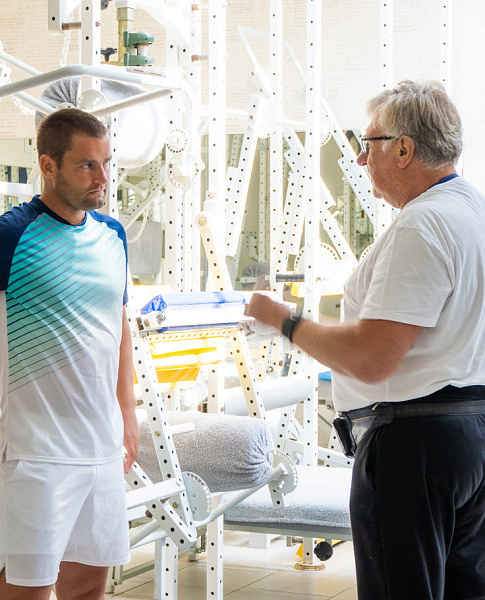

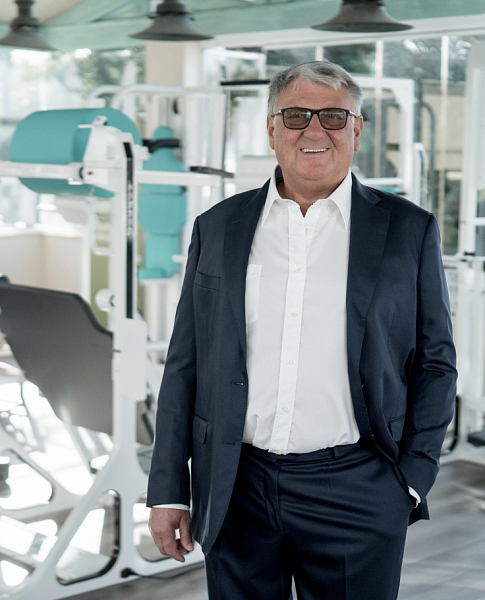

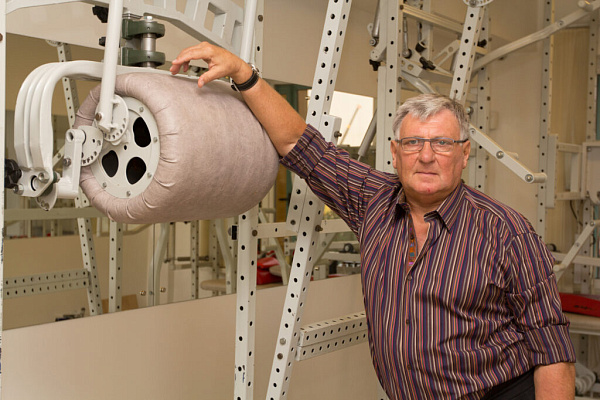
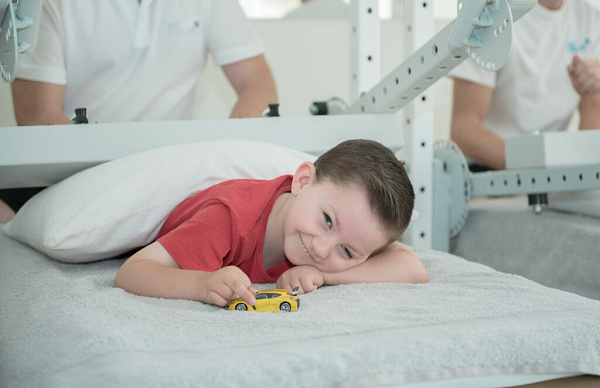
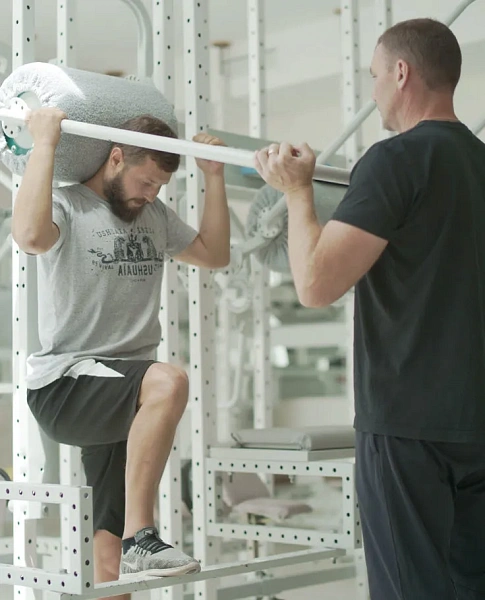
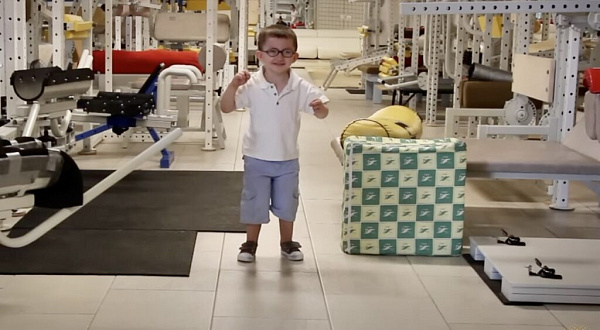
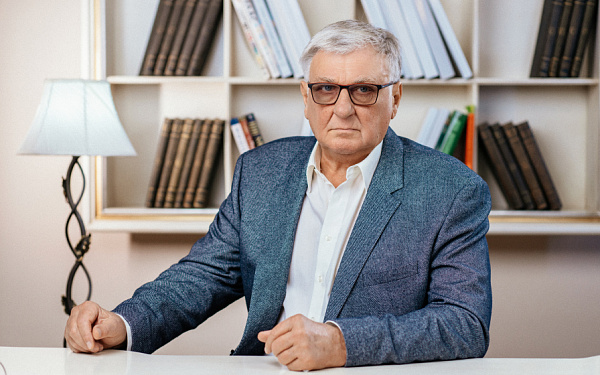
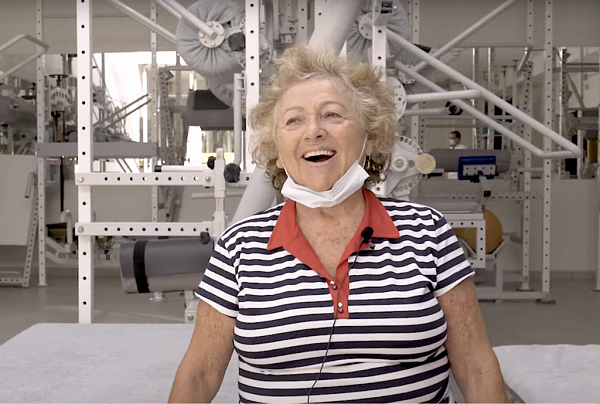

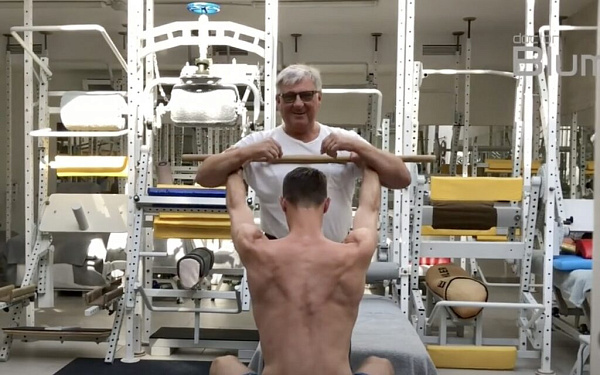
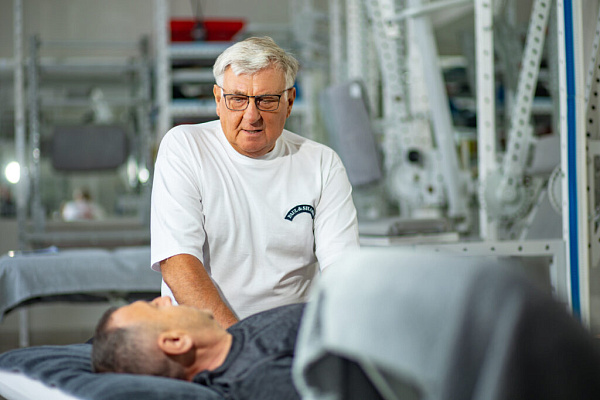

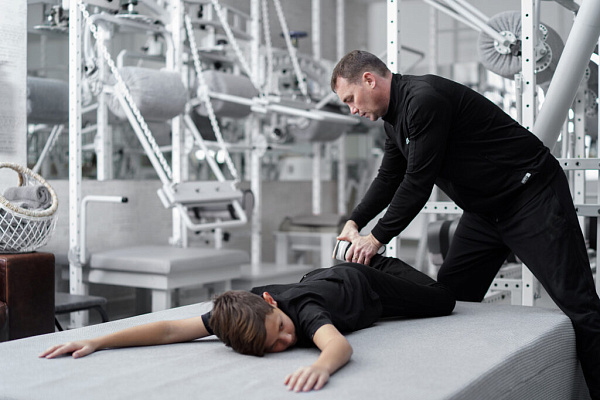

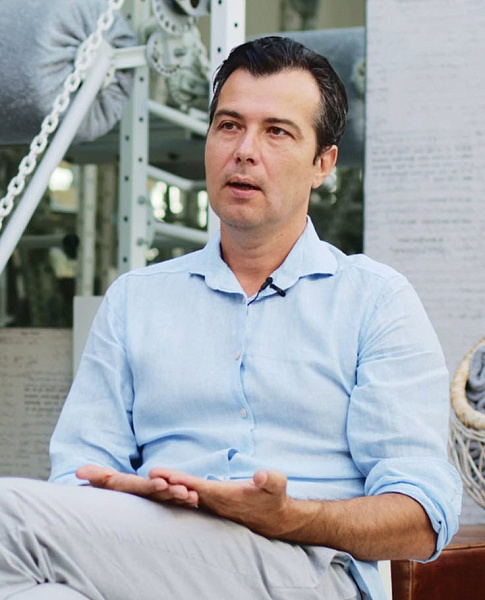
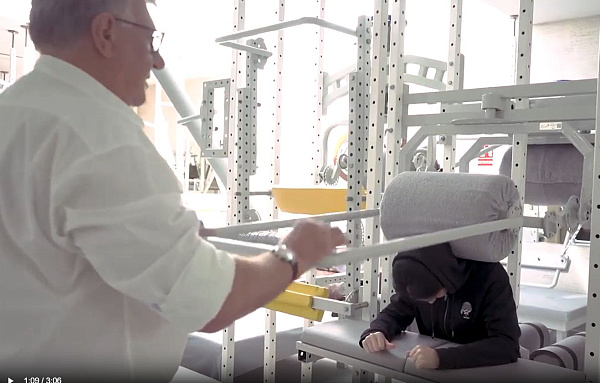
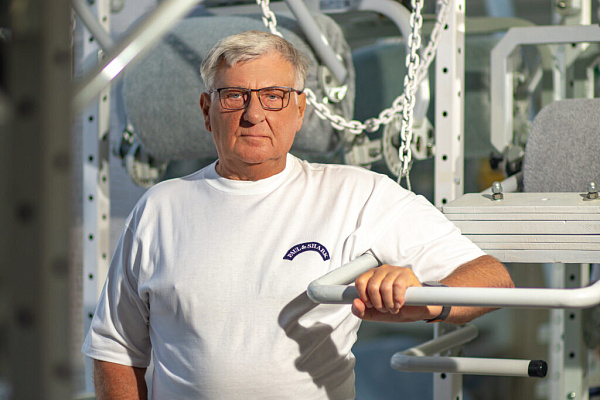
.webp)
